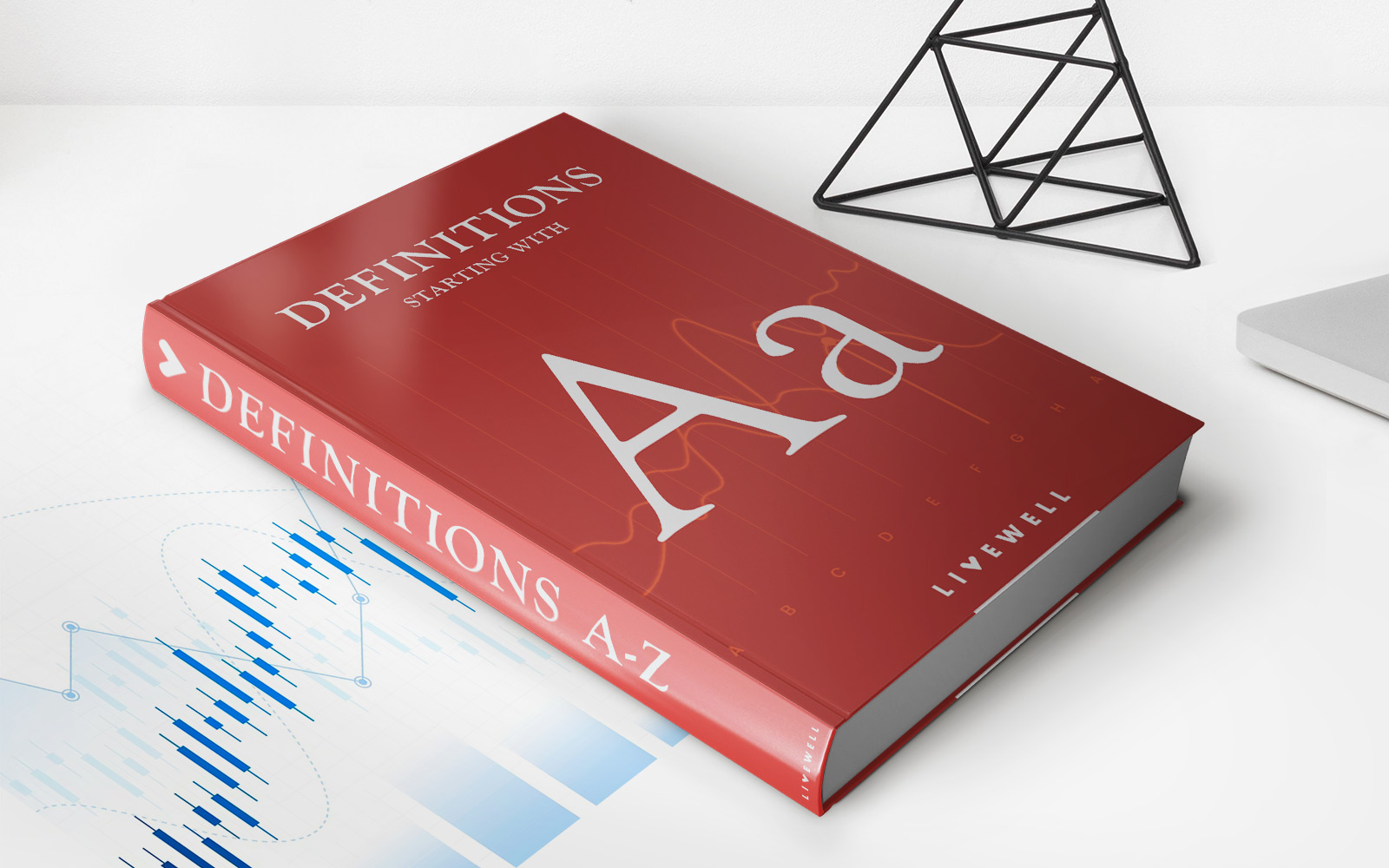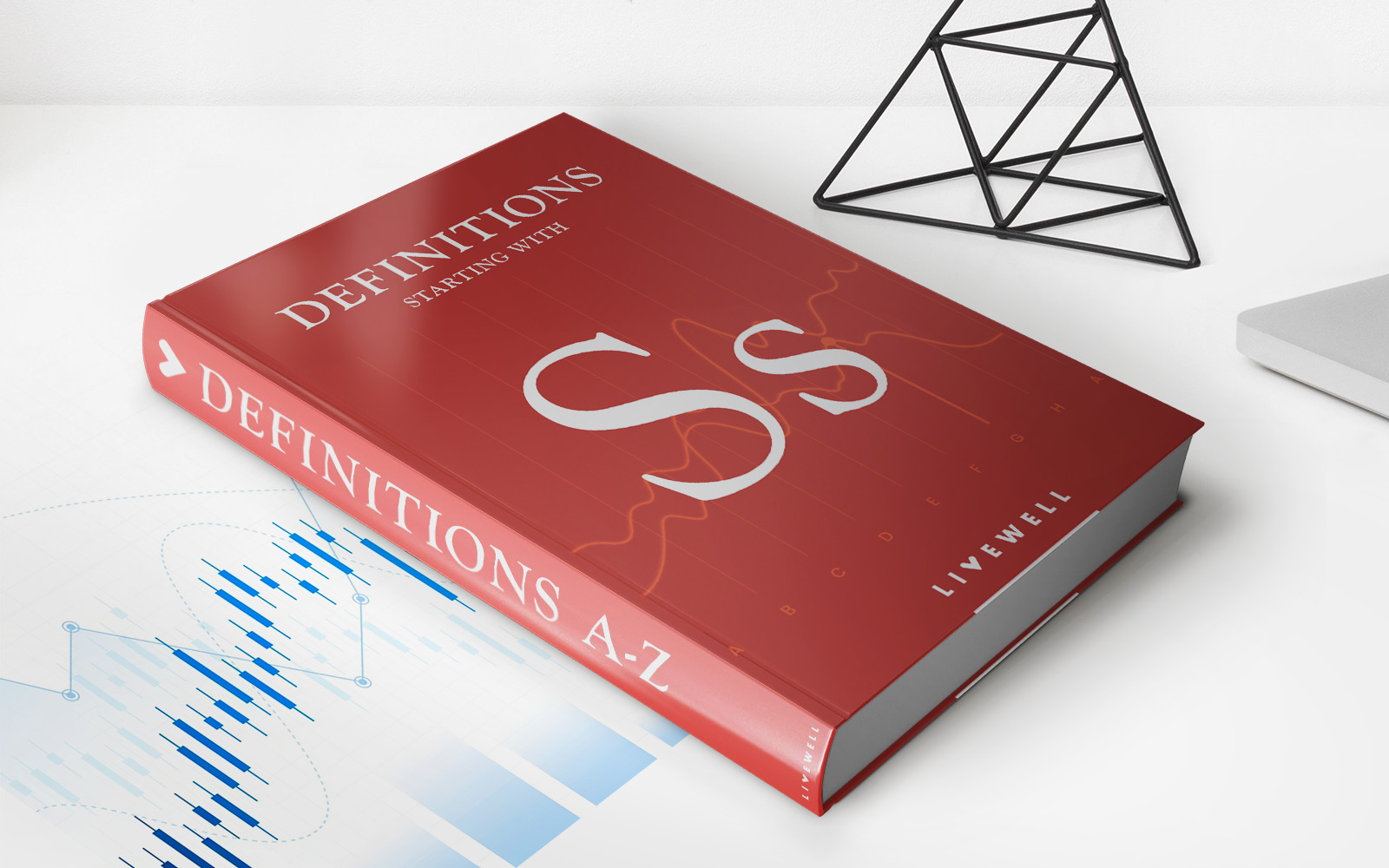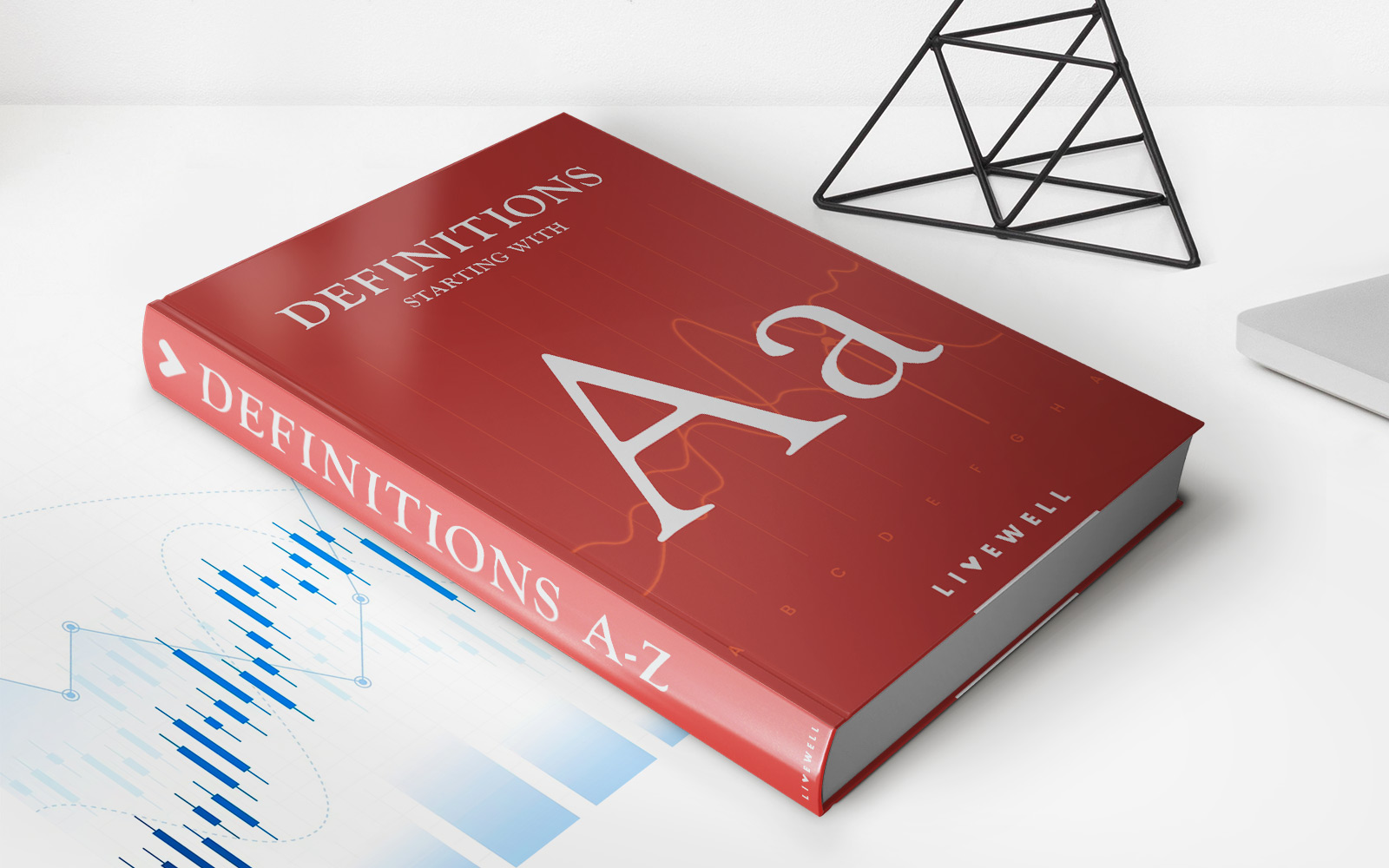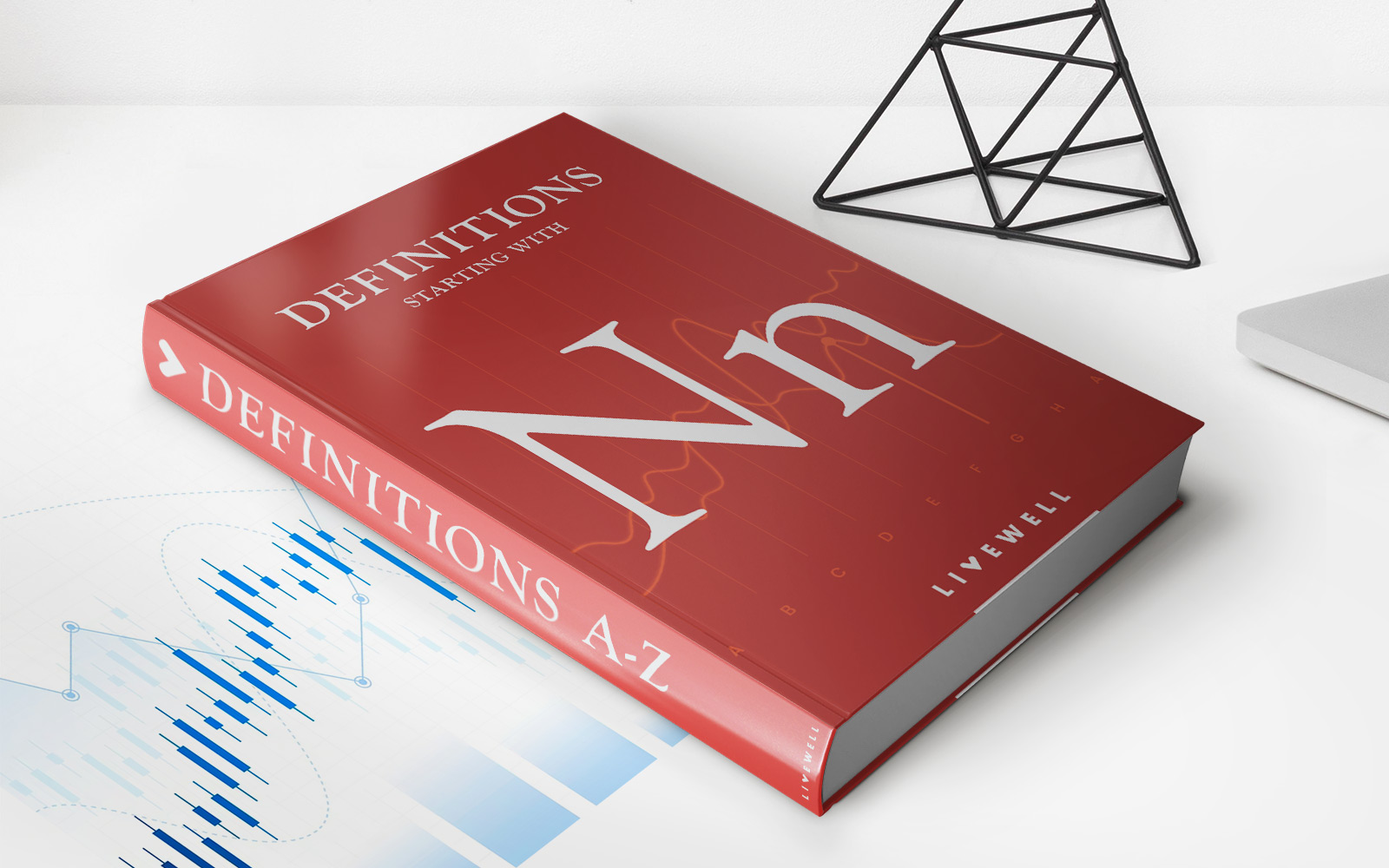Home>Finance>Allocated Loss Adjustment Expenses (ALAE) Definition, Examples


Finance
Allocated Loss Adjustment Expenses (ALAE) Definition, Examples
Modified: October 10, 2023
Discover the definition and examples of Allocated Loss Adjustment Expenses (ALAE) in the finance industry. Gain a better understanding of this crucial term.
(Many of the links in this article redirect to a specific reviewed product. Your purchase of these products through affiliate links helps to generate commission for LiveWell, at no extra cost. Learn more)
Understanding Allocated Loss Adjustment Expenses (ALAE)
When it comes to the world of finance, there are numerous terms and concepts that may seem overwhelming at first. One such concept is Allocated Loss Adjustment Expenses, or ALAE for short. In this article, we will break down the definition of ALAE, provide examples, and explore how it impacts financial decision-making.
Key Takeaways:
- Allocated Loss Adjustment Expenses (ALAE) are the costs associated with investigating, processing, and settling insurance claims.
- ALAE includes expenses such as legal fees, expert fees, and administrative costs.
So, what exactly are Allocated Loss Adjustment Expenses? In the insurance industry, ALAE refers to the costs incurred by an insurance company when processing and settling claims. These expenses are separate from the actual claim payments made to policyholders and are an important consideration for insurers when analyzing their financial performance. ALAE covers a wide range of costs, including legal fees, expert fees, administrative expenses, and other costs associated with investigating and resolving claims.
Let’s take a closer look at some examples of ALAE to better understand its impact:
Example 1: Legal Fees
When a claim is disputed or requires legal action, the insurance company may need to hire external legal counsel to represent its interests. These legal fees fall under ALAE and can vary depending on the complexity and duration of the legal process. From hiring attorneys to paying for court fees, ALAE covers all the legal expenses incurred during the claim resolution.
Example 2: Expert Fees
In some cases, insurance companies may need to seek the help of outside experts to investigate the circumstances of a claim. These experts could include accident reconstruction specialists, medical professionals, or engineers who provide valuable insights for claim settlement. The fees associated with hiring these experts are considered part of ALAE and are crucial in properly evaluating and processing the claim.
ALAE is an essential factor in the financial analysis of insurance companies. By tracking and monitoring these expenses, insurers can gain insights into their claims management practices, identify cost-saving opportunities, and make informed decisions to improve their overall financial performance.
The Importance of ALAE in Financial Decision-Making
Allocated Loss Adjustment Expenses play a vital role in determining the profitability and efficiency of insurance companies. Here are two key takeaways to remember:
- Effective management of ALAE can lead to cost savings and improved financial performance for insurance companies.
- Proper analysis and control of ALAE can help insurers make informed decisions and optimize their claims management processes.
Insurance companies dedicate considerable resources to managing and controlling ALAE to ensure they operate efficiently. By effectively managing ALAE, insurers can mitigate potential losses, enhance their financial strength, and provide better value to their policyholders.
Now that you understand the definition of Allocated Loss Adjustment Expenses (ALAE) and how it impacts financial decision-making, you can navigate the world of insurance with greater confidence. Whether you are an insurance professional or simply interested in expanding your knowledge, having a grasp of ALAE will undoubtedly prove beneficial in understanding the complex dynamics of the insurance industry.














